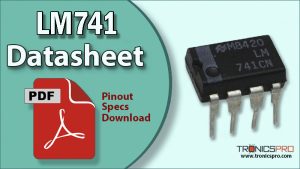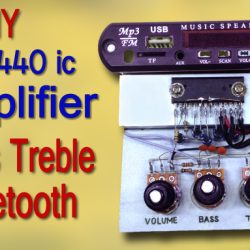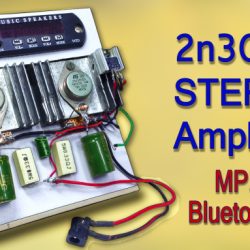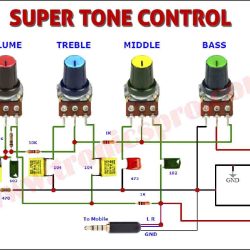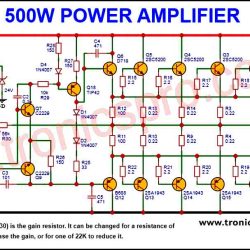Introduction
The NE555 Timer IC is one of the most popular and widely used integrated circuits in electronics. Introduced by Signetics (now Texas Instruments) in 1972, it has become a standard component for generating accurate time delays, oscillations, and pulse-width modulation (PWM) signals. Its reliability, low cost, and ease of use have made the NE555 an essential building block in both hobbyist projects and professional electronic circuits.

The NE555 can operate in multiple modes such as Astable, Monostable, and Bistable, giving it great flexibility. In the Astable mode, it functions as an oscillator to generate clock pulses, square waves, or tone generators. In Monostable mode, it acts as a one-shot timer useful for pulse generation, time delays, and switch debouncing. In Bistable mode, it works as a flip-flop for toggling states. This versatility allows it to be used in timers, oscillators, PWM circuits, LED flashers, alarm systems, and even basic logic circuits.
NE555 Timer IC

Due to its robustness and adaptability, the NE555 Timer IC has found its place in industrial control systems, consumer electronics, communication devices, and DIY electronic kits. With a wide operating voltage range and stable performance, it remains a trusted choice for engineers, students, and electronics enthusiasts across the globe.
NE555 Pinout

NE555 Key Features
- Operates in Astable, Monostable, and Bistable modes.
- Wide supply voltage range (4.5V to 15V).
- Adjustable duty cycle and frequency.
- High current output (up to 200mA).
- Accurate time delays and oscillation.
- Temperature-stable operation.
- Compatible with TTL and CMOS logic.
- Available in DIP-8, SOIC-8, and other packages.
- Low cost and highly reliable.
NE555 Specifications/Characteristics
- Supply Voltage (Vcc): 4.5V to 15V
- Supply Current: 3 mA (typical)
- Output Current: 200 mA (sink or source)
- Output Voltage Swing: Approx. 0V to Vcc – 1.7V
- Operating Frequency: Up to 500 kHz (typical)
- Timing Interval: From microseconds to hours (with external RC)
- Operating Temperature: 0°C to +70°C (commercial), -40°C to +85°C (industrial)
- Package Types: PDIP-8, SOIC-8, TSSOP-8
Note: DATASHEET DOWNLOAD button is provided end of this article.
Pin Configuration of NE555 Timer IC
| Pin# | Pin Name | Pin Description |
|---|---|---|
| 1 | GND | Ground reference (0V). |
| 2 | TRIGGER | Input to start timing interval (falling below 1/3 Vcc triggers output high). |
| 3 | OUTPUT | The output pin delivers the timing signal. |
| 4 | RESET | Active-low input to reset the timing operation. |
| 5 | CONTROL | Allows access to the internal voltage divider (default 2/3 Vcc). |
| 6 | THRESHOLD | Compares the capacitor voltage with 2/3 Vcc to reset the output. |
| 7 | DISCHARGE | Discharges the timing capacitor to ground. |
| 8 | VCC | Supply voltage (4.5V – 15V). |

More Circuit Layouts


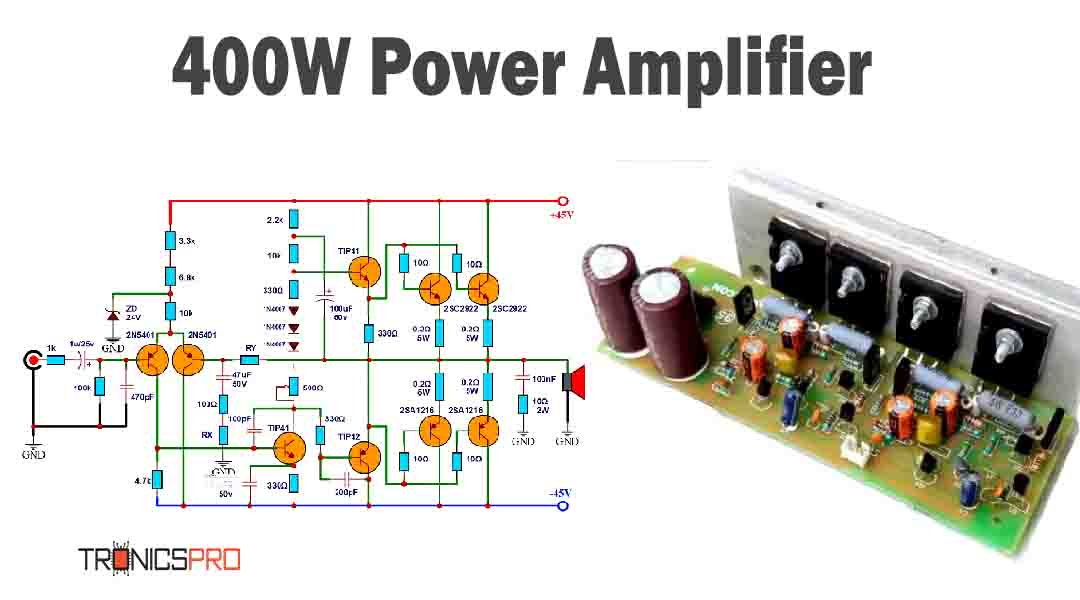
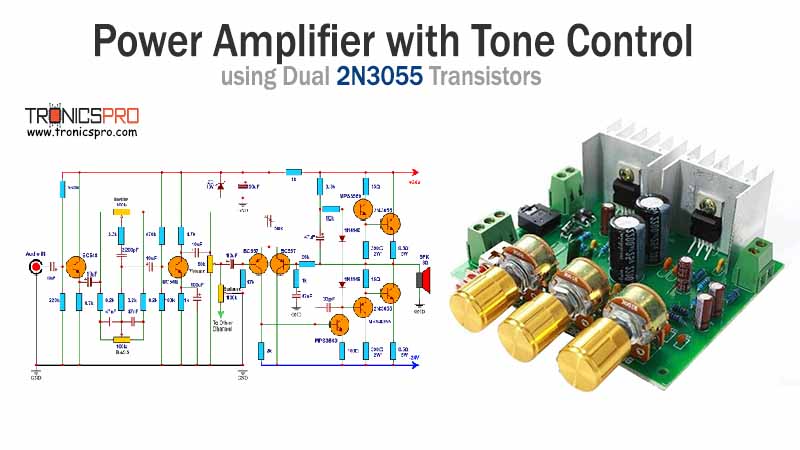
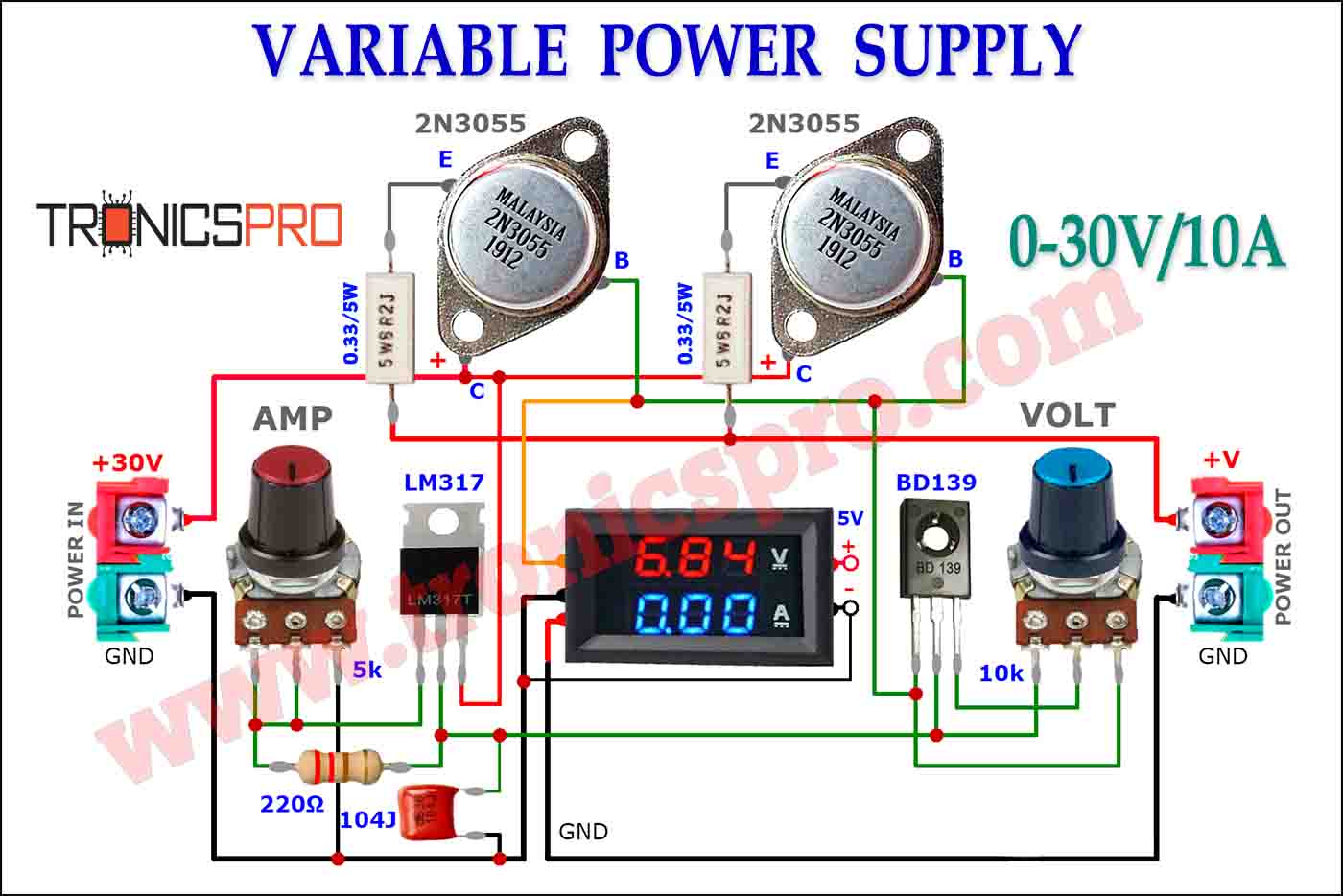
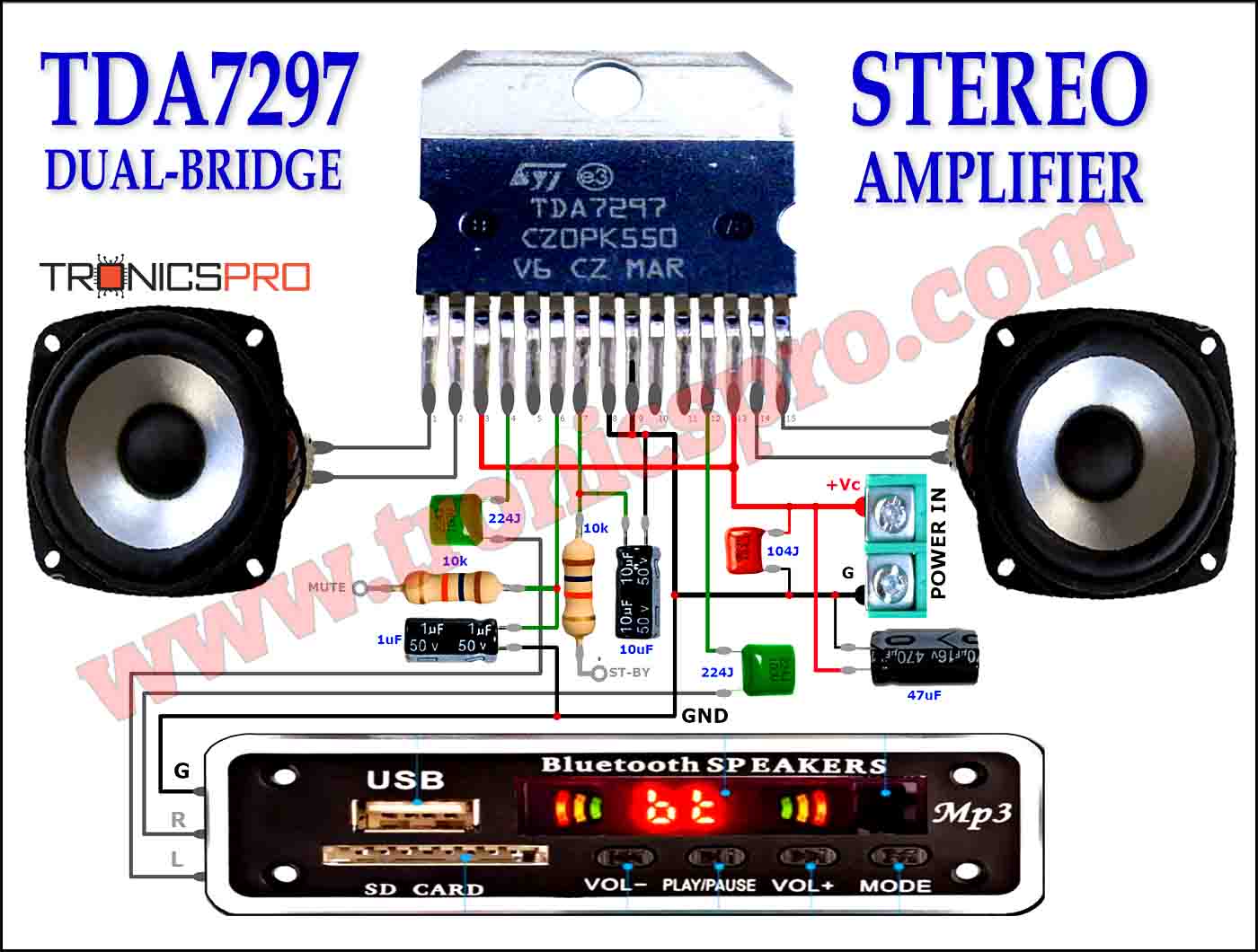
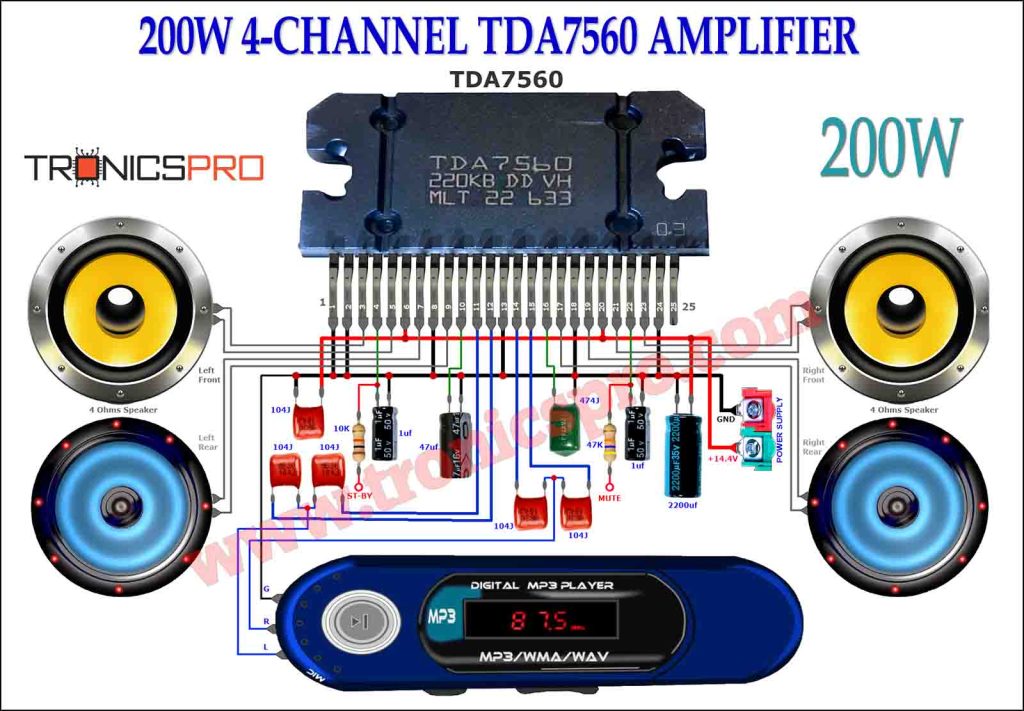
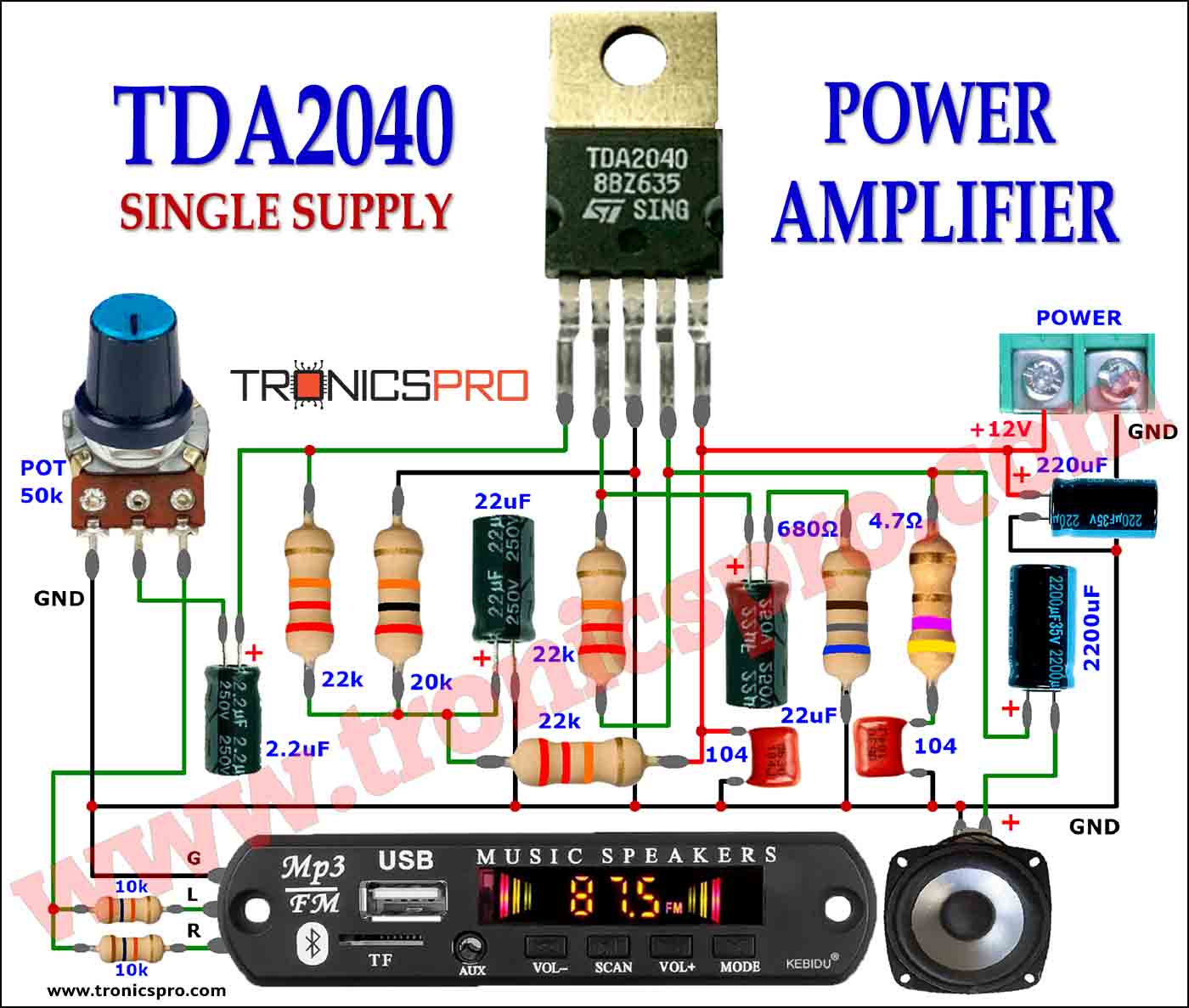
Key Applications of NE555 Timer IC
- LED flashers and light chasers.
- Pulse-width modulation (PWM) circuits.
- Square wave oscillators and clock generators.
- Time delay circuits and monostable timers.
- Tone generators and alarms.
- Frequency divider and pulse position modulation.
- Switch debouncing circuits.
- Motor speed controllers and power inverters.
NE555 Equivalent ICs / Alternatives
- LM555 – Equivalent timer IC (National/Texas Instruments).
- SE555 – High-stability version.
- NA555 – CMOS version with lower power consumption.
- TLC555 – CMOS 555 with wide voltage range and low power.
- 7555 – Low-power CMOS equivalent.
(The pinout for certain ICs can vary from that of the NE555).
Datasheet of NE555 Timer IC
Click the following Button below to download the datasheet of NE555 :
More projects, You may like:
- Video Transmitter DIY Homemade FM Radio Transmitter
- Adjustable Power Supply DIY Battery Charger
- 12V-220V 500 Watt inverter DIY Homemade
- MPPT Solar Charge Controller DIY Homemade
- DIY LA4440 bass amplifier homemade
For more project and circuit diagrams, you can go through the Schematics in the main menu where you can find many interesting projects and circuit diagrams like audio amplifier circuits, voltage booster circuit, battery charger circuit and timer circuits etc., which are all beginner circuit projects. Feel free to check them out!

Thank you for visiting the article.




